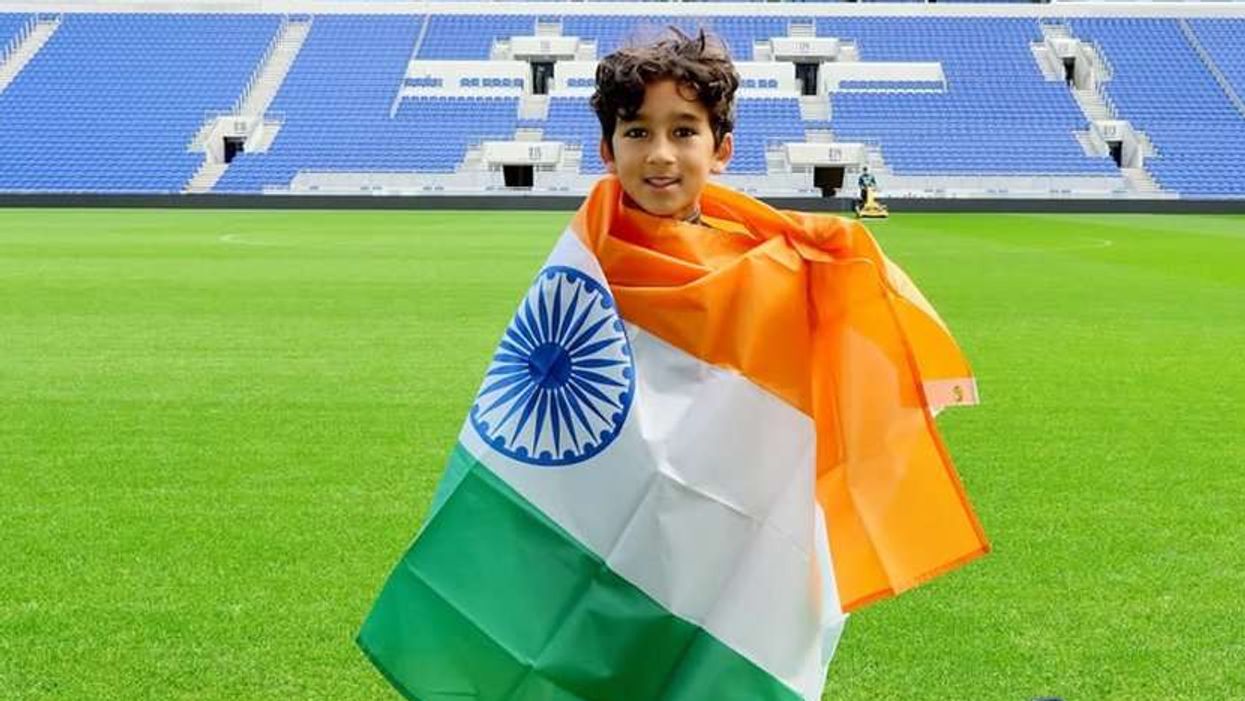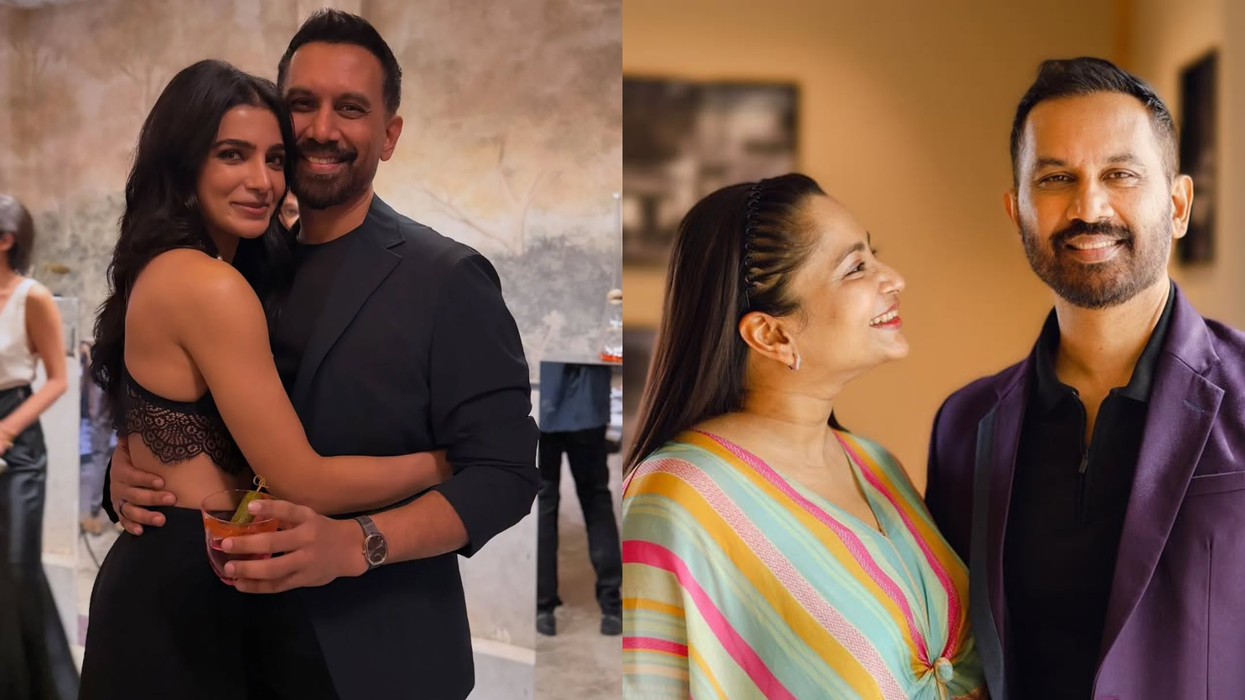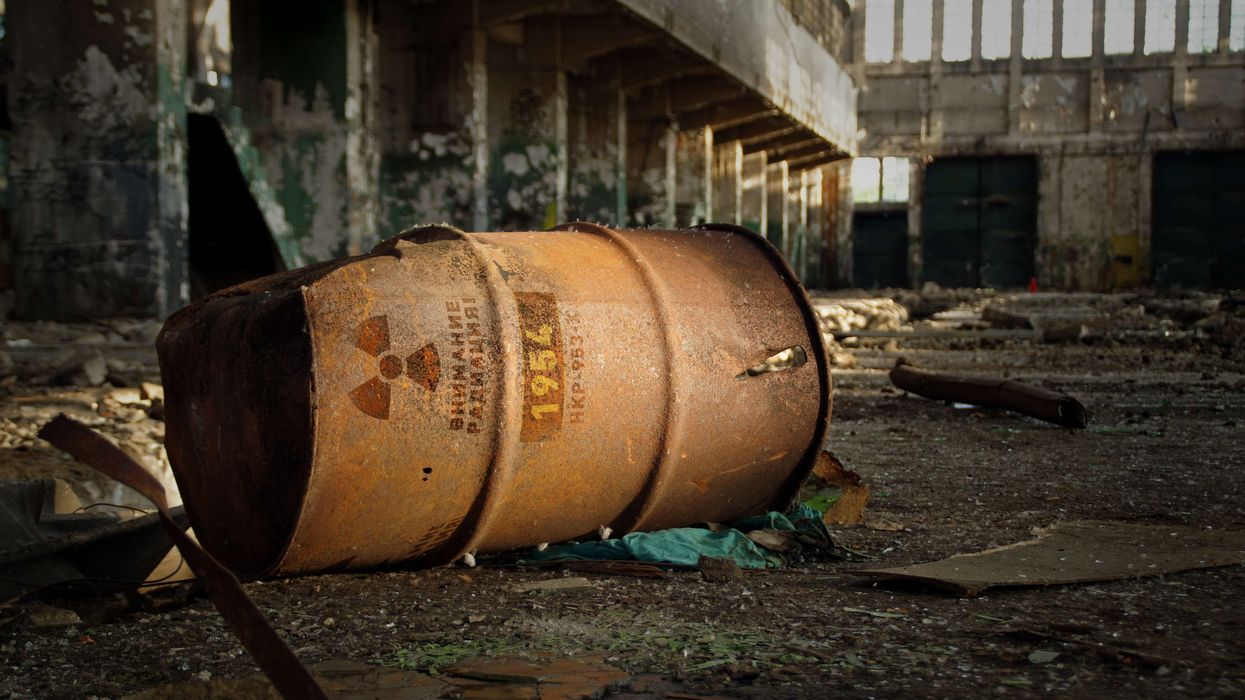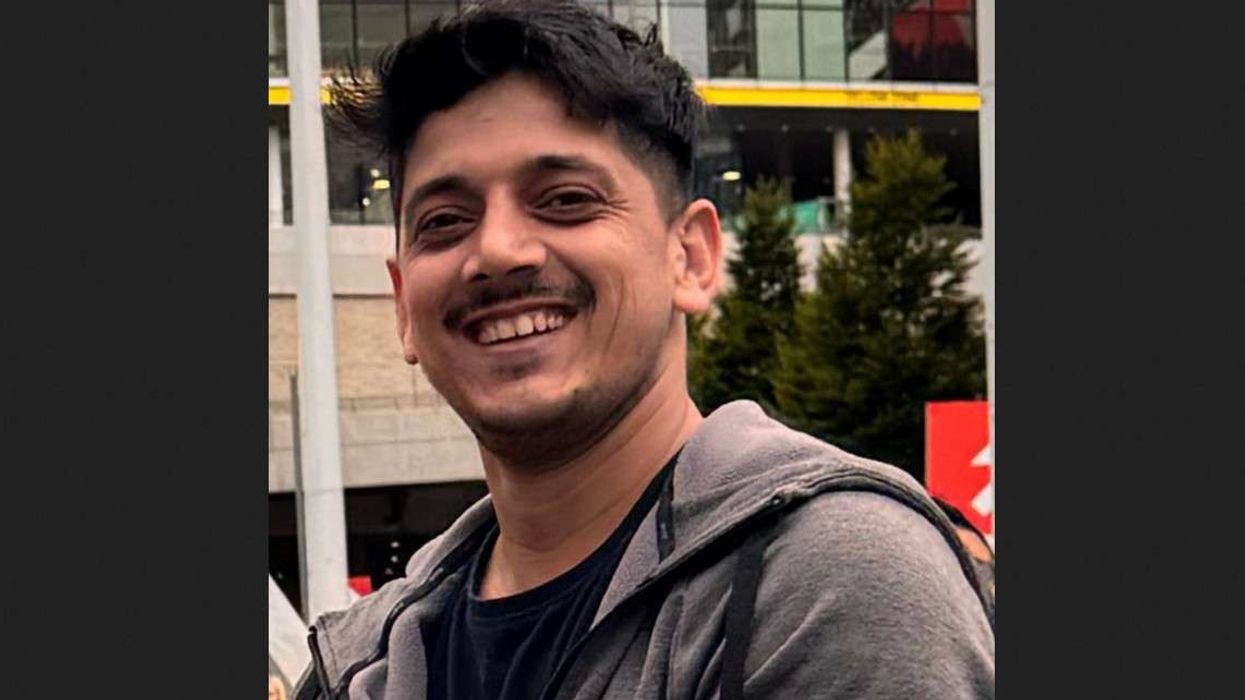Skipper Rohit Sharma smashed his fourth Twenty20 international century -- the most by any batsman in the format -- to set up India's convincing 71-run series-clinching win over West indies on Tuesday (6).
Sharma hit an unbeaten 111 off 61 deliveries to power the hosts to 192-2 after being put into bat first in the second T20 at Lucknow's newly built cricket stadium.
India then restricted the tourists to 124-9 and take an unassailable 2-0 lead in the three-match series.
Fast bowlers Bhuvneshwar Kumar, Khaleel Ahmed and Jasprit Bumrah, along with spinner Kuldeep Yadav, took two wickets each.
But the day belonged to Sharma. He put on 123 runs with opening partner Shikhar Dhawan -- who made 43 -- to pummel the West Indian bowling after paceman Oshane Thomas started with a maiden over.
Sharma, who now has 2,203 runs in 86 matches, became India's highest run-scorer in T20s after surpassing regular captain Virat Kohli (2,102 runs) during his red-hot knock.
He is now the second highest scorer in the world behind New Zealand's Martin Guptill, on 2,271 runs.
"Whenever you get an opportunity you do your best. Everyone who came out to watch the game will go home with a smile. Glad that we won this game and this series as well," said Sharma, who is leading the side in place of the resting Kohli.
"Shikhar's natural instinct is to put pressure on bowlers. We took the time initially and when he gets going it's not easy. I think 120-plus partnership between us was very crucial."
The right-left combination of Sharma and Dhawan, who surpassed 1,000 T20 runs during his 41-ball knock, smashed the balls to all parts of the huge ground before the first wicket fell in the 14th over.
Dhawan, who survived a dropped catch on 28, finally fell to spinner Fabien Allen as Nicholas Pooran took a diving catch at long leg.
Sharma then launched an attack as he hit eight fours and seven sixes during his entertaining blitz in front of a raucous home crowd.
Lokesh Rahul, unbeaten on 26, had the best view when Sharma reached his century in the last over of the innings with a boundary off his opposite number in Carlos Brathwaite.
The Caribbean batting faltered in their chase after losing their openers in Shai Hope, for six, and Shimron Hetmyer, for 15, early.
Ahmed bowled Hope in his very first over and then got the dangerous Hetmyer caught at long on, three overs later, with his left-arm pace.
Left-arm wrist spinner Kuldeep Yadav soon joined forces to take two quick wickets and paceman Jasprit Bumrah got the big-hitting Kieron Pollard caught and bowled as West indies slipped to 68-5.
The Caribbeans kept losing wickets at regular intervals with Darren Bravo top-scoring with 23.
It has been a complete domination by India after they swept the Test series 2-0 and then won the one-day internationals 3-1.
"Our batting continues to let us down...We are still trying to find our best opening combination," said Brathwaite.
"It didn't work batting wise in these two games. Hopefully in the third game we'll put up a better performance and come up with a win."
The third T20 is scheduled in Chennai on Sunday.
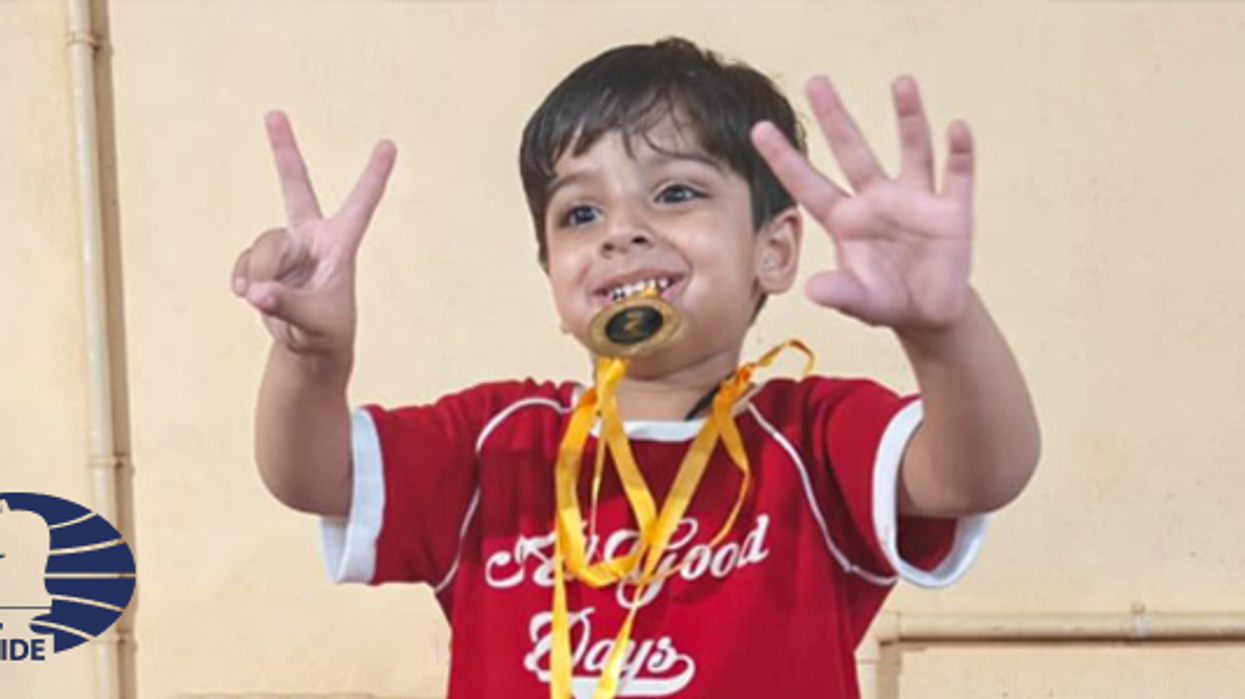


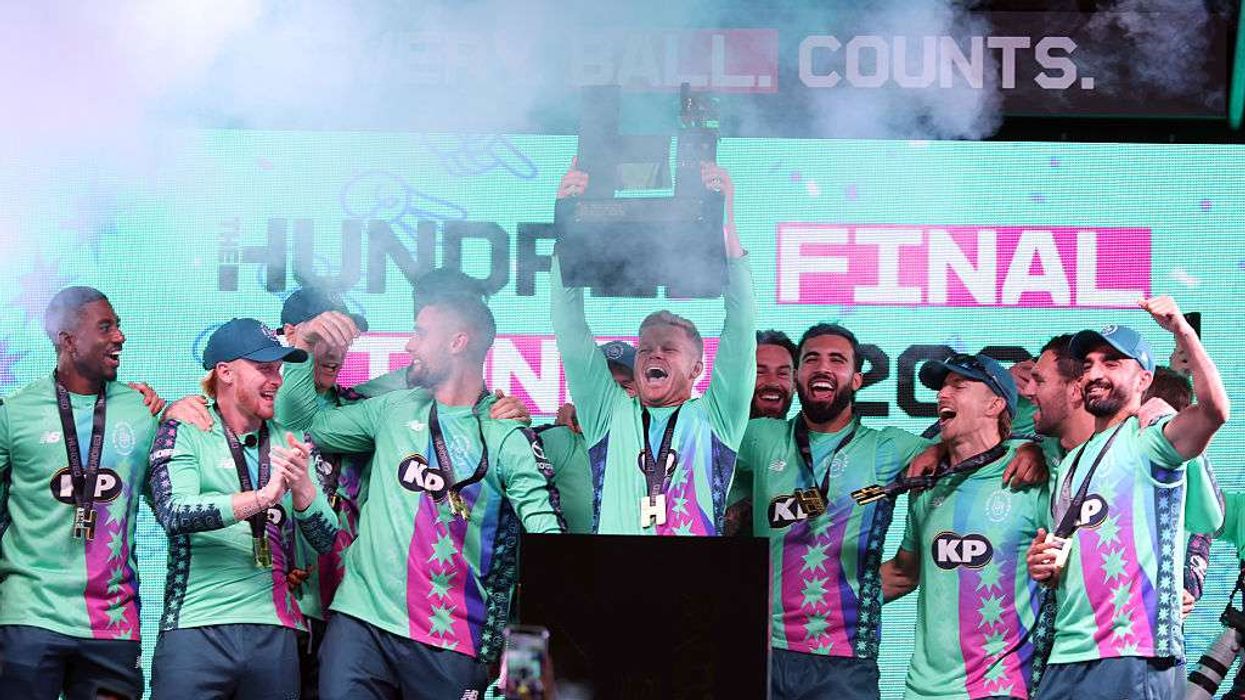

 Zendaya returns as Rue for Euphoria season 3 tackling dangerous challenges in Mexico Instagram/euphoria
Zendaya returns as Rue for Euphoria season 3 tackling dangerous challenges in Mexico Instagram/euphoria 